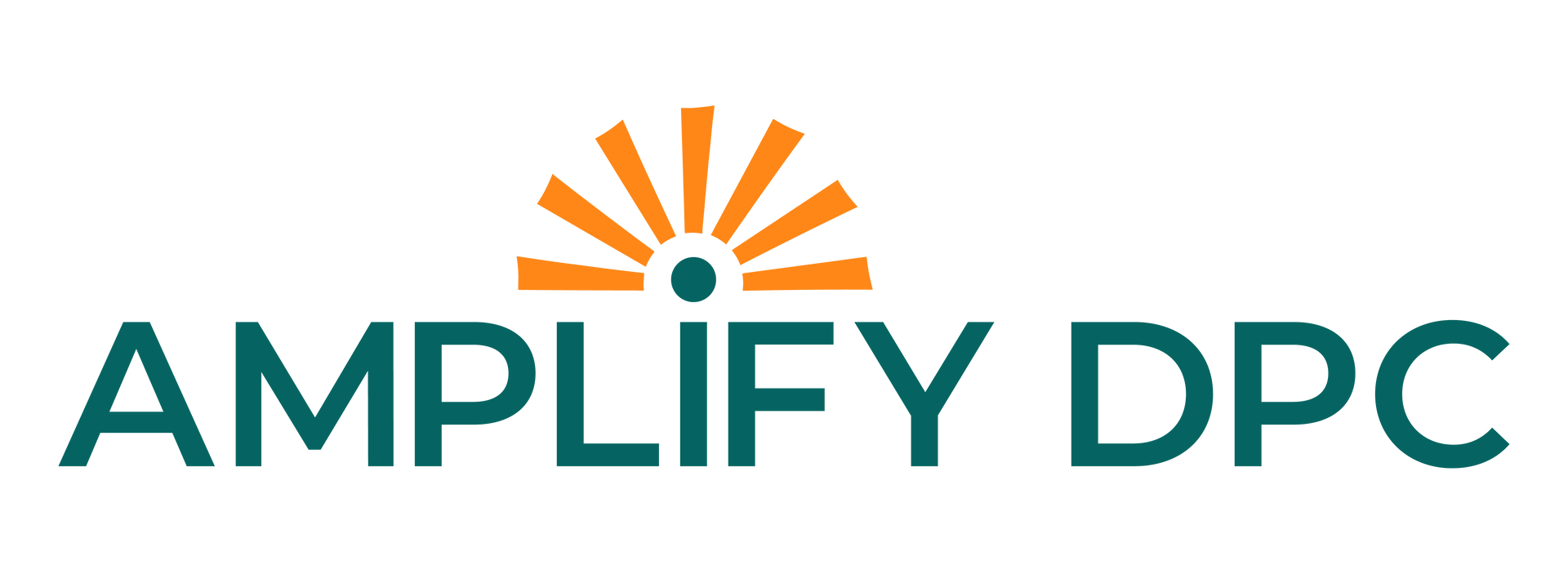10 Marketing Tasks You Can Automate for Your DPC Practice
Running a DPC practice and being independent from the grapple of insurance-based care means wearing every hat—provider, communicator, admin, marketer.
But just because you can do it all doesn’t mean you should.
You shouldn’t be spending your evenings manually following up on appointment reminders, writing the same welcome email for the tenth time, or wondering if anyone saw your last social media post.
If you’ve ever thought, “There has to be a less time-consuming way to do this,”—there is.
This guide will walk you through the practical, high-impact ways to automate your marketing without losing the personal touch your members value most.
1. New Patient Welcome Sequence
SThe first few weeks after someone joins your practice are critical. It’s where most of the uncertainty happens. A new patient might be excited and unsure of what to do next. Can they text you directly? How do they schedule? What exactly is included in their membership?
Instead of answering those questions one by one—or worse, leaving them unasked—automate the process with a structured welcome sequence.
The moment someone signs up, they should receive a warm, branded message. From there, you can build out a simple, 3-5 part email or SMS sequence that delivers over the first 7-10 days.
Each message should focus on one clear thing:
- Day 1: Welcome + What to Expect
- Day 2–3: How to Book, Message, or Cancel Appointments
- Day 4–5: FAQs and What’s Included vs. What’s Not
- Day 6–7: Introduce Your Portal, Tech Tools, or Any Unique Perks
- Optional: A personal “Meet Your Provider” note or short video.
You can create this workflow through Amplify DPC and set it to trigger automatically when a new patient is added to your list.
2. Appointment Reminders and Follow-Ups
Set up automated appointment reminders and schedule these to go out:
- 3 days before the visit (with a confirmation link or option to reschedule)
- 24 hours before the visit (as a friendly reminder)
- 2 hours before the visit (especially for virtual appointments)
Make sure the messages are short, clear, and include:
- The date and time
- Whether it’s in-person or virtual
- Where to go or how to log in
- A way to cancel or reschedule, if needed
After the visit, send an automated follow-up message to:
- Say thank you
- Share any next steps
- Ask how they’re feeling
- Trigger a review request (if appropriate)
3. Lead Nurture Sequences
An automated lead-nurturing sequence helps you stay top of mind with people who showed interest but haven’t signed up yet.
Whatever their reasons for not yet signing up, these leads often go cold, not necessarily because they’re uninterested, but because they haven’t been guided forward. Setting up an automated email nurture series is so important.
When someone downloads a guide, fills out a contact form, or joins your waitlist, trigger a short 3-5 email series. For example:
- Email 1: “Here’s how DPC is different from traditional care”
- Email 2: “What our members love about same-day appointments”
- Email 3: “FAQs: Is DPC right for your family?”
- Email 4: “Real stories from our members”
- Email 5: “Still have questions? Let’s chat.”
Amplify DPC can be set up to automatically trigger and deliver your nurture email sequence the moment a lead opts in. You can pre-build and schedule the full series, personalize it, and track engagement in one place.
4. Monthly Newsletters
Your members want to hear from you, but they don’t want a deluge of marketing messages. A monthly newsletter is the sweet spot. It reinforces the value of membership and gives you a consistent channel to educate, update, and re-engage.
But here’s the key: don’t write it from scratch every month. Instead, create a simple template with repeatable sections like:
- A seasonal health tip or timely PSA
- Reminders about services (e.g., flu shots, sports physicals, labs)
- A short note or story from the provider
- A blog link or piece of educational content
- Any scheduling or clinic updates
Write and batch a few months’ worth in advance, then schedule them through your email marketing platform.
5. Social Media Posting
Manually posting on social media, day by day, is a fast track to burnout. Instead, take advantage of scheduling tools to batch your posts and automate your content calendar for the week or month ahead.
Some easy-to-schedule content ideas:
- Behind-the-scenes glimpses of your clinic
- Quick health tips or reminders
- Patient FAQs turned into posts or reels
- Testimonials (with permission)
- Seasonal promos or check-in nudges
- A day in the life of your DPC practice
Amplify DPC also includes built-in social media scheduling for Instagram, Facebook, Twitter, LinkedIn, TikTok, YouTube, and even Google Business Profiles.
6. Review Requests
The best time to ask for a review is shortly after a visit when the experience is still fresh—especially if the patient had a positive outcome.
Set your platform to automatically send a review request 24–48 hours after an appointment. Make it effortless by including a direct link to your Google Business Profile or offering a QR code they can scan in seconds.
7. Audience or Member Segmentation
Tagging and segmentation allow you to send the right message to the right member without doing it manually every time.
When tagging and segmenting your list, you can group members based on factors like:
- Age group (e.g., 20s, 40s, 60s)
- Life stage (e.g., new parents, working professionals, retirees)
- Specific health concerns (e.g., weight management, hypertension, anxiety)
- Visit behavior (e.g., frequent vs. infrequent bookers)
- Membership type (e.g., individual vs. family)
Sending custom messages that cover relevant topics to a specific audience segment keeps your list engaged and reduces the chance for someone to unsubscribe. Your communication is timely and keeps them connected to the value of their membership.
8. Missed Call Text-Backs
Missed a call from a prospective patient?
Set up an auto-text or email that fires when a call isn’t answered during clinic hours. This keeps the conversation going even when no one is available to answer.
This one quick automation prevents frustration from unanswered calls, gives the caller another way to get in touch, and reinforces that you’re responsive even when your hands are full.
Amplify DPC is great for this. It can be configured to automatically send a text message within seconds of a missed call. Customize the message template and include key details like your contact number or a link to your online booking page. It gives the patient an immediate alternative, especially if they prefer texting at that moment.
9. Check-In Campaigns for Inactive Members
Life happens, so rather than waiting for inactive members to churn, set up an automated check-in campaign to re-engage them before it’s too late. Segment your contact list based on members who haven't scheduled in the last 2, 3, or 6 months (depending on your practice’s average engagement cycle).
Trigger a friendly, supportive message using your marketing platform. You can also include a quick scheduling link or a reminder of what’s included in their membership to subtly dissuade them from cancelling.
10. Prospecting New Leads
Manually managing leads is one of the most time-consuming parts of marketing.
You or your staff are stuck copying phone numbers into spreadsheets, tracking who messaged whom on Facebook or Instagram, or trying to remember which inquiry came through email vs. your website form.
So, connect your lead capture forms to a CRM or lead pipeline. This allows you to automatically:
- Log contact info the moment a form is filled
- Assign leads to the right staff member or provider
- Tag them based on interest or source (e.g., “website visitor,” “Facebook ad lead”)
- Trigger automated messages, reminders, or follow-ups without lifting a finger
Amplify DPC can handle this entire process for you. It automatically logs new leads into your system, assigns them to the right pipeline stage, tags them based on source, and triggers personalized follow-up emails or text messages.
Final Thoughts
Your time should be spent connecting with patients, not chasing leads or sending the same email for the hundredth time.
By automating the right parts of your marketing without sacrificing the personal touches your patients value, you create a system that works with you, not against you.
Amplify DPC is built specifically for practices like yours, with automation tools that simplify your workflow and keep your practice growing.
Book a free 60-minute demo to see exactly how it fits into your day-to-day.






